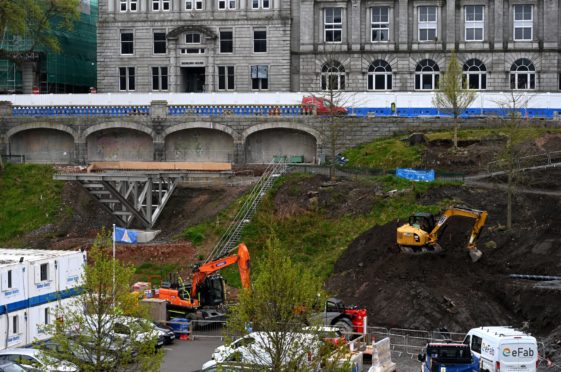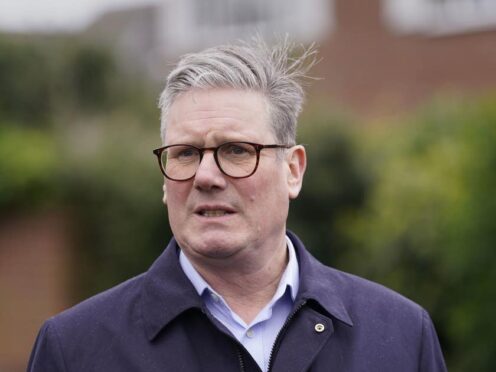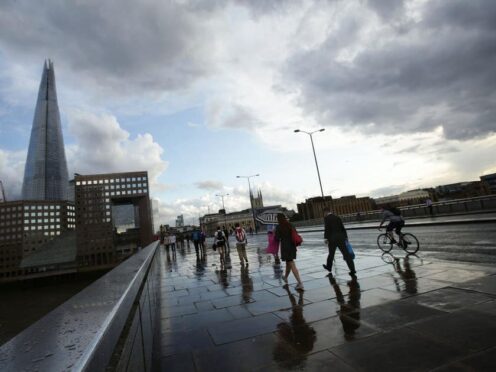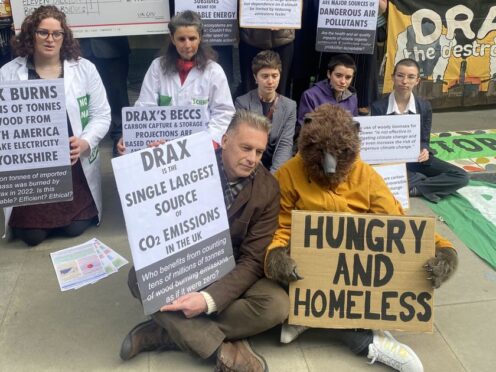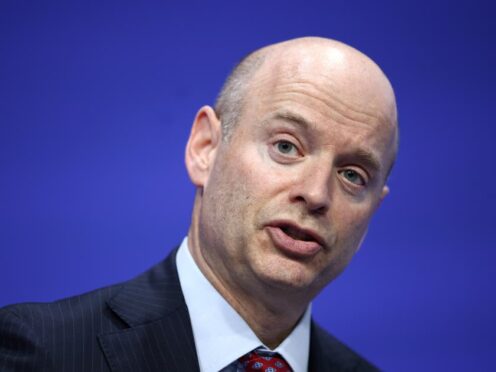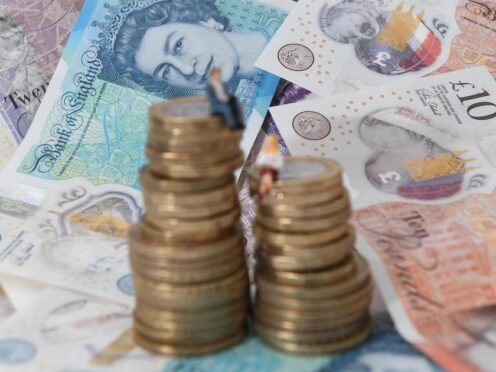Elaine Farquharson-Black is a planning partner at Brodies LLP, based in Aberdeen and she explains why we need to support our cities after Covid-19.
Forty years after The Specials’ hit single Ghost Town topped the UK charts, Covid-19 has given the haunting lyrics topical relevance.
Back in 1981, the country was in deep recession and the bleak outlook was captured in the music video of a drive through empty, silent city streets.
The pandemic-related restrictions of the past year have once again led to our town and city centres experiencing shuttered shops and businesses.
To quote the song: ”All the clubs have been closed down.”
Footfall has picked up in line with the relaxation of stay-at-home guidance, but our city centres still bear the scars of the momentous changes we have had to make to the way in which we live, work and play.
Pre-pandemic, it was predicted that at least 70% of the world’s population would be living in cities by 2050.
But the key components of a well-functioning city – housing, mobility, environment, economy and culture – have all been severely impacted by public health concerns. Changes in the way we work, shop and socialise, and the emphasis on staying local, have arguably hit cities hardest.
Add in the climate emergency, and it is hardly surprising that the United Nations is calling for a focus on transforming cities across the world and the pursuit of a green, resilient and inclusive economic recovery.
Scotland’s three largest cities, Aberdeen, Glasgow and Edinburgh (AGE), were all at different stages in their economic cycles prior to Covid-19 and will each have their own ideas for building back better.
In Edinburgh, this may include city centre diversification and residential densification in inner urban areas.
Previously the UK’s second city of retail, the rise in online shopping may require Glasgow to increase its focus on events and tourism, as well as its city centre living strategy.
Economic diversification and energy transition are already under way in Aberdeen, with an emphasis on renewables, tourism, hospitality, life sciences and the digital economy.
The local authority is proposing to invest £150 million to regenerate the city centre and link it to the beach area as part of a £214m capital programme plan for 2021-22.
A three-week public consultation has commenced on a refresh of the city centre and beach master plans, which could see the redevelopment of the former BHS building/indoor market, pedestrianisation of Union Street and a new football stadium at the beach.
Union Terrace Gardens are due to reopen later this year.
Supported by Brodies and Anderson Anderson & Brown, the chambers of commerce in the three cities have commissioned Glasgow Urban Lab, Glasgow School of Art to report on the likely impact of Covid-19 and the climate emergency on the society, economy and environment of the AGE city regions, and assess their resilience and preparedness for action.
The report will identify priorities designed to ensure each of the cities recovers or reinvents itself post-pandemic.
Cities need people. Whether the focus is the North-east or the Central Belt, success will depend on the physical presence of people – workers, residents, students, shoppers and tourists.
Together they – we – are the true beating heart of a city.
Cities need proximity and intimacy to return. Like human beings, they thrive on community and companionship.
Cities need us back; all of us.
Bring back commerce, community, culture and creativity, and we can return to the good old days – before the ghost town.
